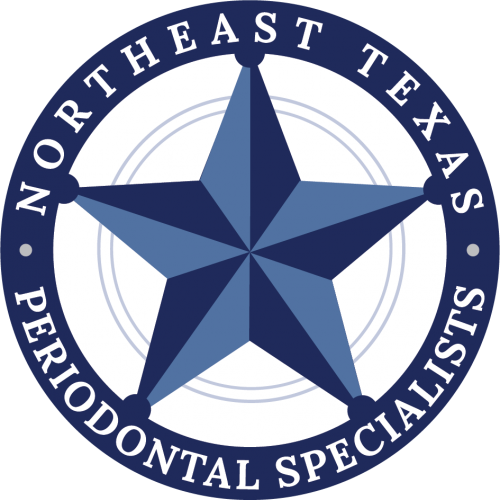For a number of reasons, dental implants are a popular option for replacing missing teeth. Once a dental implant is placed in the jaw, it continuously stimulates the bone tissue, strengthening the jaw while serving as a stable, strong root for replacement teeth. Conventional dental implant treatment uses each individual dental implant to support a single dental crown, just as the natural teeth are each supported by their own root. In many cases, however, a single dental implant can effectively secure more than one artificial tooth, and as few as two or four dental implants can often support an entire row of artificial teeth. These multiple-tooth restorations that use fewer implants still provide stable, permanent dental restorations and provide the benefits dental implants offer. You and your dentist will confer to decide what type of dental implant restoration will work best for you, so it’s important to be familiar with the options as you’re making this informed choice.
Many dentists will use a single implant to support multiple teeth if the bone in the jaw lacks sufficient mass to accommodate several implants, or if the density of the bone is inconsistent in different areas of the jaw. Dental implants are tiny cylindrical posts made of medical-grade material that are surgically placed in the jaw and, once healed, support artificial teeth. It can take several months for the bone that surrounds a dental implant to heal; as the bone heals, it fuses to the implant post and creates a durable anchor for a dental restoration. Once the implants have healed, your implant dentist will expose the tops of the dental implants and affix the dental restoration to the implants, usually using a connecting mechanism called an abutment.
During a multiple-tooth implant restoration procedure, the implant dentist will strategically place the implants in the areas of the jaw where the bone is strongest, as strong bone is integral to the stability and security of dental implants. If the bone is compromised because of advanced gum disease, the gum disease will be treated before implants are placed. If the bone in the jaw is considerably compromised, which can happen with advanced gum disease and tooth loss, bone grafts may be necessary to rebuild the bone before implants can be placed. When there is adequate healthy bone, it is often possible to use this bone to support implants, and to use these implants to secure more than one artificial tooth into the mouth.
Other options for replacing multiple teeth include fixed bridges and removable partial dentures. Both of these options depend on the adjacent natural teeth for support, which often causes damage to these natural teeth. Multiple-tooth implants rely on the implant for support, protecting the natural teeth from damage. Removable partial dentures can only be cleaned while outside the mouth, and they need to be soaked overnight, while dental implants can be cared for at the same time as the natural teeth, with daily brushing and flossing and regular dental checkups and cleanings. Because dental implants that support multiple teeth replace the natural root of a tooth, these implants help preserve the integrity of the bone, just as a natural tooth root does. When a tooth falls out and isn’t replaced with an implant, the bone that held the tooth begins to degenerate, leading to a receding jawbone and sagging smile; dental restorations supported by implants protect the bone while preventing the facial structure from sagging. Implant-supported dental restorations also feel and act like strong, natural teeth, allowing people to eat and enjoy a variety of foods and to speak and smile comfortably and freely; this is a vast improvement over bulky, inconvenient, and uncomfortable removable dentures and fixed bridges.

